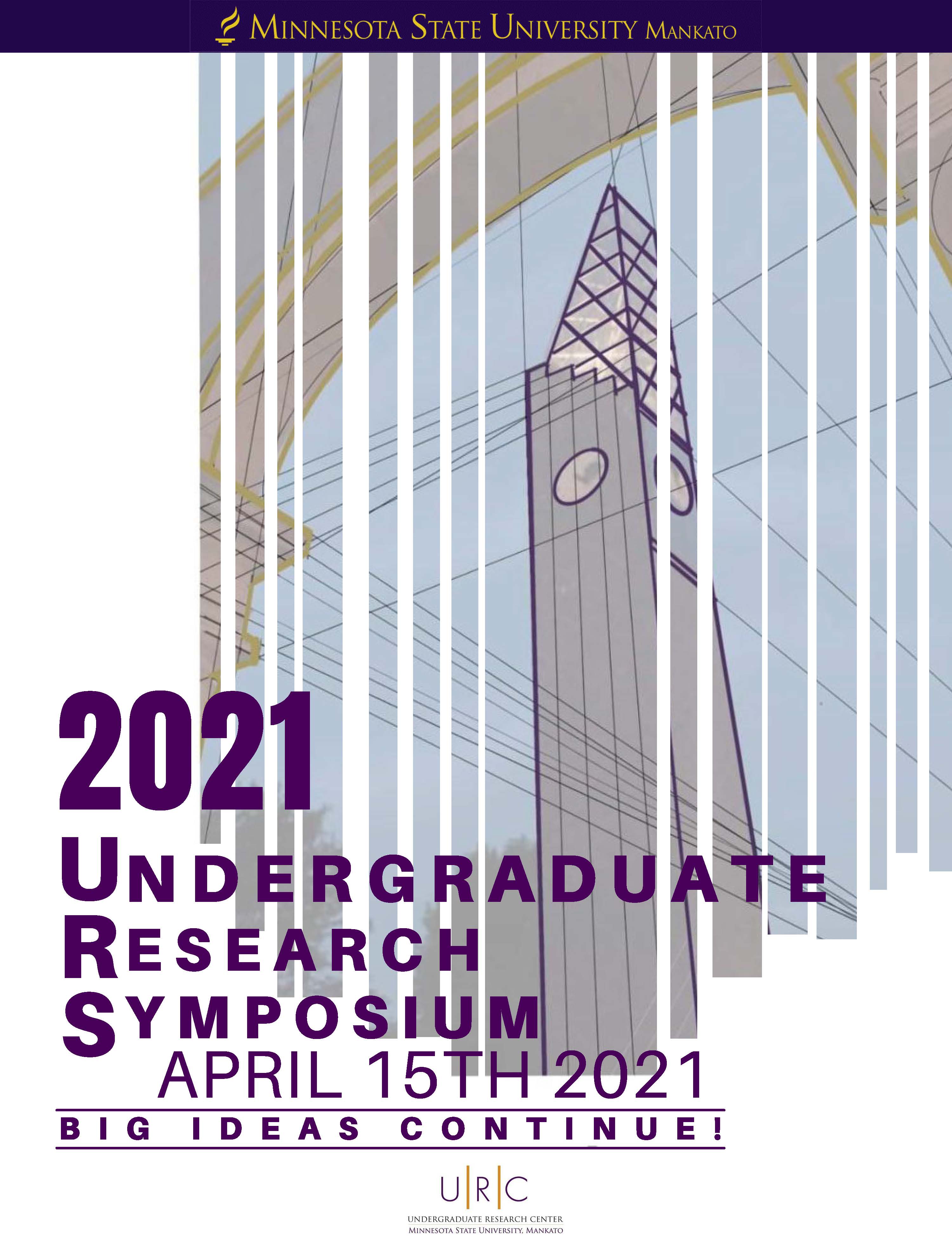Recess and Play Before and During COVID-19 Pandemic: A Pilot Study
Start Date
15-4-2021 9:30 AM
End Date
15-4-2021 10:30 AM
Student's Major
Family Consumer Science
Student's College
Allied Health and Nursing
Mentor's Name
Heather Von Bank
Mentor's Department
Family Consumer Science
Mentor's College
Allied Health and Nursing
Description
The global pandemic affected many institutions, including schools. Children and their families were quarantined at home immediately impacting parents' roles; parents became co-teachers, recess coordinators, and IT specialists. Teachers were challenged with a diverse set of roles as they developed lessons on the fly, worked with little to few resources, and found creative ways to send resources home to their students. In addition, children’s play began to look very different. Children could no longer play with their friends, playgrounds and parks were closed, children's museums and recreation programs where cancelled, and extracurricular activities diminished. However, children now had more time to explore outdoors and spend time with family members. Elementary school aged children have come to rely on recess as an opportunity to express themselves and do what they like during recess; whether that's sitting and talking with friends, playing football, or using the playground equipment to create gymnastics routines. Teachers have also noticed how changes to recess time affects classroom time. Studies have shown that when children have more time for recess to play, they were more prepared to learn in the classroom and had positive emotions on the playground (Clark & Rhea, 2017). In the current we surveyed teachers and parents of elementary school age children. We asked participants about children’s play during recess before and during the pandemic, their opinions of recess, and how recess has changed. The results will shed light on how our children’s access to play has been affected by the global pandemic.
Recess and Play Before and During COVID-19 Pandemic: A Pilot Study
The global pandemic affected many institutions, including schools. Children and their families were quarantined at home immediately impacting parents' roles; parents became co-teachers, recess coordinators, and IT specialists. Teachers were challenged with a diverse set of roles as they developed lessons on the fly, worked with little to few resources, and found creative ways to send resources home to their students. In addition, children’s play began to look very different. Children could no longer play with their friends, playgrounds and parks were closed, children's museums and recreation programs where cancelled, and extracurricular activities diminished. However, children now had more time to explore outdoors and spend time with family members. Elementary school aged children have come to rely on recess as an opportunity to express themselves and do what they like during recess; whether that's sitting and talking with friends, playing football, or using the playground equipment to create gymnastics routines. Teachers have also noticed how changes to recess time affects classroom time. Studies have shown that when children have more time for recess to play, they were more prepared to learn in the classroom and had positive emotions on the playground (Clark & Rhea, 2017). In the current we surveyed teachers and parents of elementary school age children. We asked participants about children’s play during recess before and during the pandemic, their opinions of recess, and how recess has changed. The results will shed light on how our children’s access to play has been affected by the global pandemic.



